In 2025, artificial intelligence has become more than just a buzzword it’s now a driving force behind the world’s most efficient, profitable, and forward-thinking companies. From startups to enterprises, businesses are using AI automation to cut costs, speed up workflows, and deliver better customer experiences.
If your company is still relying on manual systems or outdated processes, you’re already losing valuable time and likely, money. The truth is, AI automation isn’t the future anymore it’s the present, and the companies that adapt now are the ones that will dominate their industries in the years ahead.
Why AI Automation Matters in 2025
Businesses today are operating in an environment where speed, data, and personalization decide who wins. The days of relying on spreadsheets and repetitive manual work are gone. AI automation allows companies to operate leaner, faster, and smarter by automating repetitive workflows and making intelligent decisions using real-time data.
AI-powered tools now handle customer support, inventory tracking, scheduling, marketing campaigns, and data analysis all without human intervention. This doesn’t just increase efficiency; it empowers teams to focus on innovation, strategy, and revenue growth.
Simply put: AI automation is redefining what productivity means in 2025.
The Core Benefits of AI Automation for Modern Businesses
1. Massive Time Savings
The biggest advantage of AI automation is time. On average, small and medium businesses waste over 20 hours a week on repetitive tasks from manual data entry to report generation. In 2025, AI tools can handle these processes instantly, freeing up your team for what truly matters: growth and customer service.
Imagine getting back 20+ hours every week just by automating admin tasks. That’s time your team could use to innovate, strategize, or close new deals.
2. Cost Efficiency and Error Reduction
Human errors can be expensive. One missed invoice, delayed follow-up, or wrong calculation can affect your reputation and bottom line. AI automation eliminates these risks by executing processes with precision every time.
For example, AI can monitor inventory in real-time, automate billing, send reminders, and even forecast expenses reducing overhead while increasing accuracy. Businesses adopting AI automation in 2025 report up to 40% operational cost savings within months.
3. Smarter Decision-Making
AI doesn’t just automate tasks it learns. Machine learning algorithms analyze customer behavior, sales data, and market trends to provide predictive insights. That means your business can anticipate demand, personalize marketing campaigns, and optimize pricing automatically.
This data-driven intelligence gives decision-makers a huge competitive edge, allowing faster, smarter moves in a constantly changing market.
4. Improved Customer Experience
Customer expectations in 2025 are higher than ever. People expect quick, accurate, and personalized responses 24/7. AI automation delivers exactly that through chatbots, CRM automation, and AI-driven helpdesks.
From resolving queries instantly to recommending the right products, AI ensures every customer feels heard and valued without requiring additional staff. The result? Higher satisfaction, repeat business, and stronger brand loyalty.
5. Streamlined Marketing and Sales
AI tools now manage full marketing pipelines from lead generation to email follow-ups and customer nurturing. Automation platforms like HubSpot, ActiveCampaign, and ChatGPT-powered systems create personalized campaigns that convert more leads into customers.
By analyzing engagement patterns, AI automatically adjusts content, timing, and targeting to get maximum ROI. That means more qualified leads with less manual effort a dream scenario for any growing business.
How AI Automation is Reshaping Different Business Functions
Human Resources (HR)
AI now handles resume screening, interview scheduling, and even employee onboarding. HR teams save hours every week and ensure a fair, data-driven hiring process.
Finance and Accounting
From expense management to real-time reporting, AI-powered tools automate financial workflows with near-zero error. In 2025, finance automation is no longer optional it’s essential.
Operations and Supply Chain
AI monitors inventory, predicts shortages, and optimizes supply routes automatically. Companies no longer guess logistics they act based on predictive data.
Customer Support
Chatbots, virtual agents, and automated support desks are handling 80% of customer interactions. AI ensures instant response, consistent quality, and lower service costs.
Marketing and Sales
AI automation integrates with CRMs, social media platforms, and email marketing systems to track and nurture leads at scale. It’s like having an entire marketing department that never sleeps.
The Real ROI of AI Automation
Companies that invested in AI automation before 2025 are already seeing results increased profits, reduced labor costs, and happier teams. The ROI doesn’t come only from saving money, but from reallocating time and resources toward innovation, strategy, and expansion.
In many industries, automation directly correlates with higher revenue. A business that can respond faster, adapt instantly, and make smarter decisions will always outperform one stuck in manual mode.
The 2025 Transformation – Beyond Automation
AI in 2025 isn’t just about replacing repetitive work. It’s about building adaptive systems that grow smarter every day. Businesses are using AI to identify inefficiencies, recommend improvements, and even detect opportunities before humans can.
This level of intelligence turns automation into transformation a complete upgrade in how companies operate, serve customers, and plan their future.
AI has evolved from a support tool into a strategic partner driving innovation across every department.
Getting Started with AI Automation
Transitioning to AI automation may sound overwhelming, but with the right guidance, it’s seamless. Start small identify repetitive tasks, such as data entry or customer communication. Then, choose AI tools that integrate easily with your existing systems.
Work with experts who understand automation strategy and can tailor solutions for your specific business goals. Whether you run a service business, retail store, agency, or manufacturing unit, AI can transform your operations faster than you imagine.
Remember every hour you delay adopting automation is an hour your competitor gets ahead.
Why Businesses That Automate Now Will Lead the Future
The gap between automated and non-automated businesses is growing rapidly. In 2025, efficiency isn’t a luxury it’s survival.
Those who act now are not just saving time; they’re future-proofing their success. When your systems run smoothly, your team can innovate, expand, and build stronger customer relationships.
Automation isn’t about replacing humans it’s about empowering them to do their best work.
Real-World Example – The Power of Automation in Action
Consider a mid-sized service company that used to spend 10 hours a week manually scheduling clients, processing invoices, and following up via email. After implementing AI-powered automation, all of that now happens automatically.
Within 3 months, they saved over 100 hours, reduced costs by 35%, and tripled their lead response rate. Clients noticed faster service, and the company expanded to new markets without hiring additional staff.
That’s the real power of automation scalability with zero chaos.
Conclusion
AI automation is no longer optional it’s a business necessity in 2025. The companies embracing automation today are the ones leading tomorrow. Whether you want to save time, increase efficiency, or generate more leads, automation is the smartest investment you can make this year.
If you’re ready to transform your business operations and experience real results, contact Soraia at +39 3513850536 or +33 769318855 today. Let’s build your automated, efficient, and future-ready business together.
FAQs
Q1: What is AI automation in business?
AI automation uses artificial intelligence and machine learning to perform repetitive or data-driven tasks automatically, helping businesses save time, reduce errors, and improve productivity.
Q2: How can AI automation help small businesses?
It allows small teams to operate like large organizations by automating emails, data entry, scheduling, and customer interactions, saving 10–20 hours weekly.
Q3: Is AI automation expensive to implement?
Not anymore. In 2025, many tools are affordable and scalable, meaning you can start small and grow as your needs expand.
Q4: Can AI automation work with my existing systems?
Yes, most modern AI tools integrate with CRMs, accounting software, email platforms, and website systems for a smooth setup.
Q5: Does automation replace employees?
No it enhances their capabilities. Automation removes boring, repetitive tasks so your team can focus on high-value creative work.




.avif)
.png)

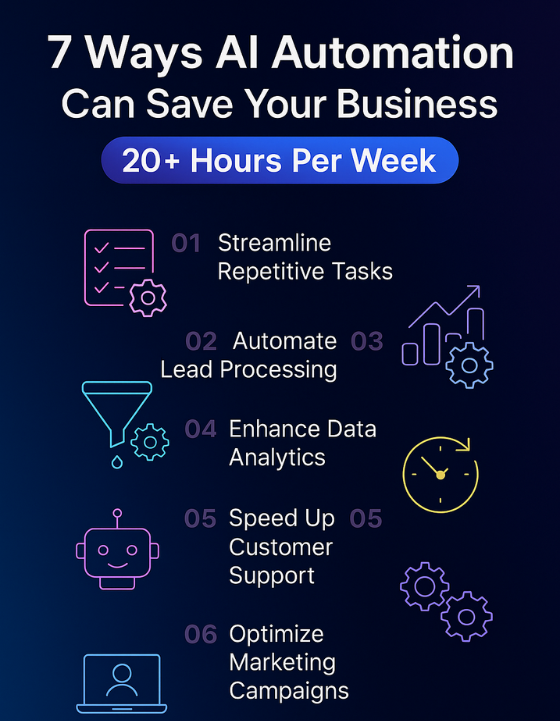
.jpg)
.jpg)
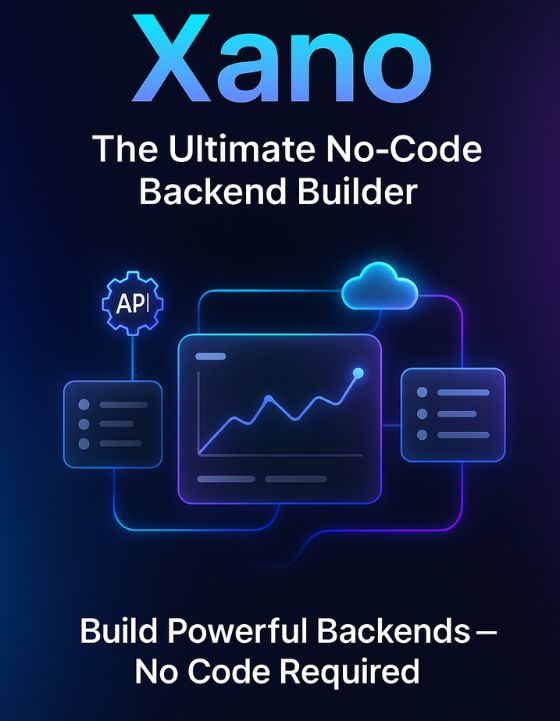
.png)
.png)
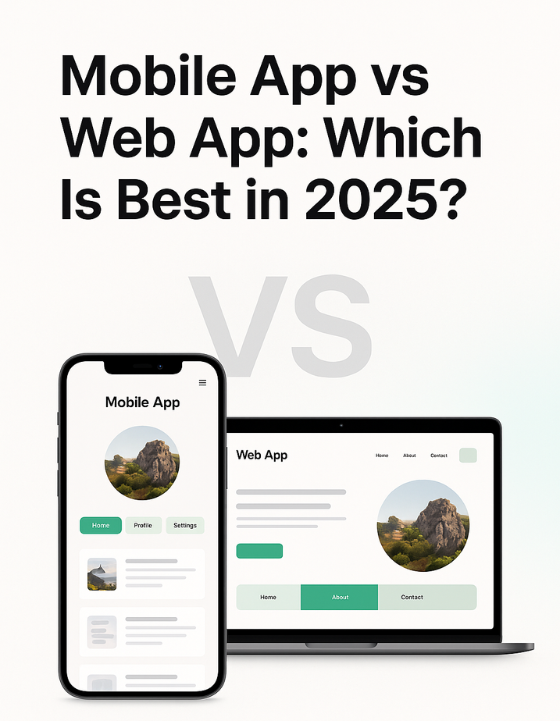
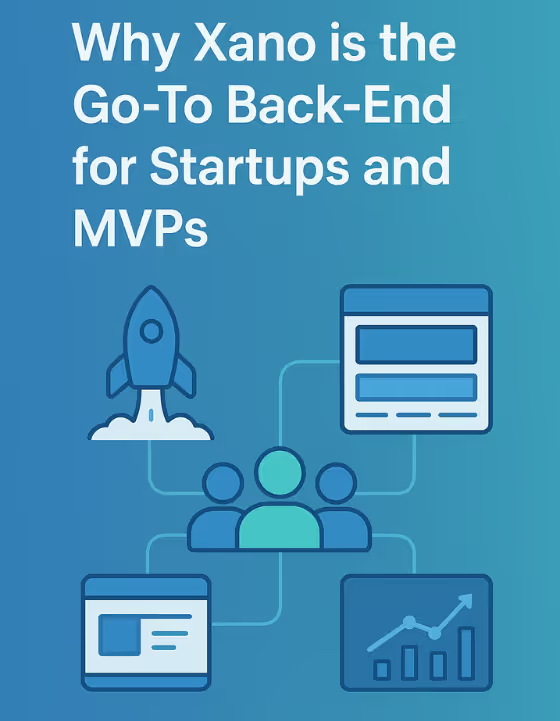


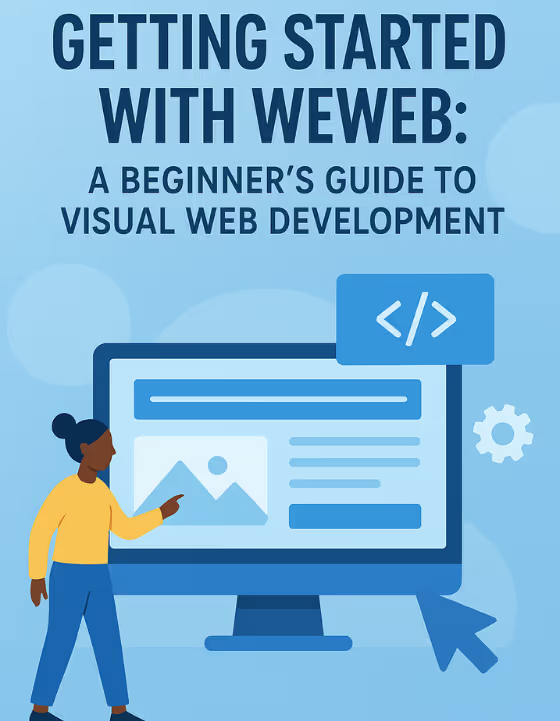
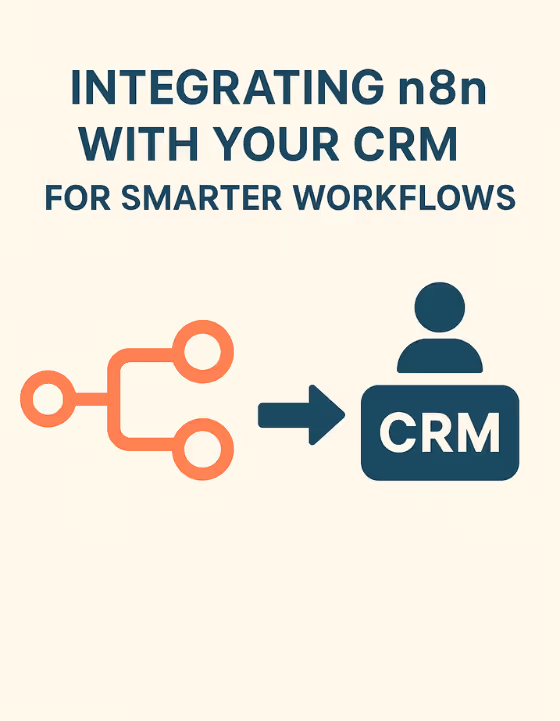
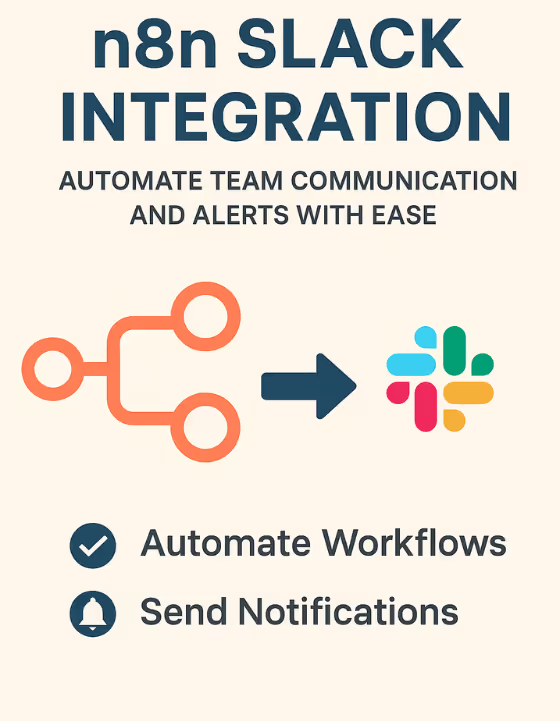




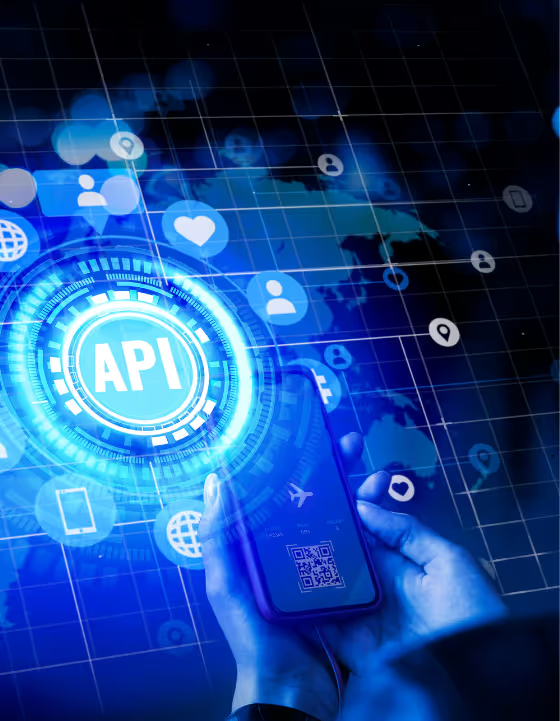









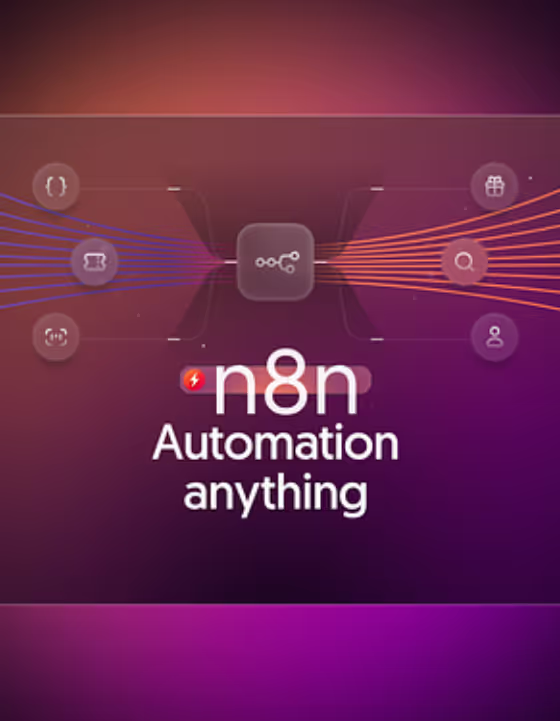



.avif)






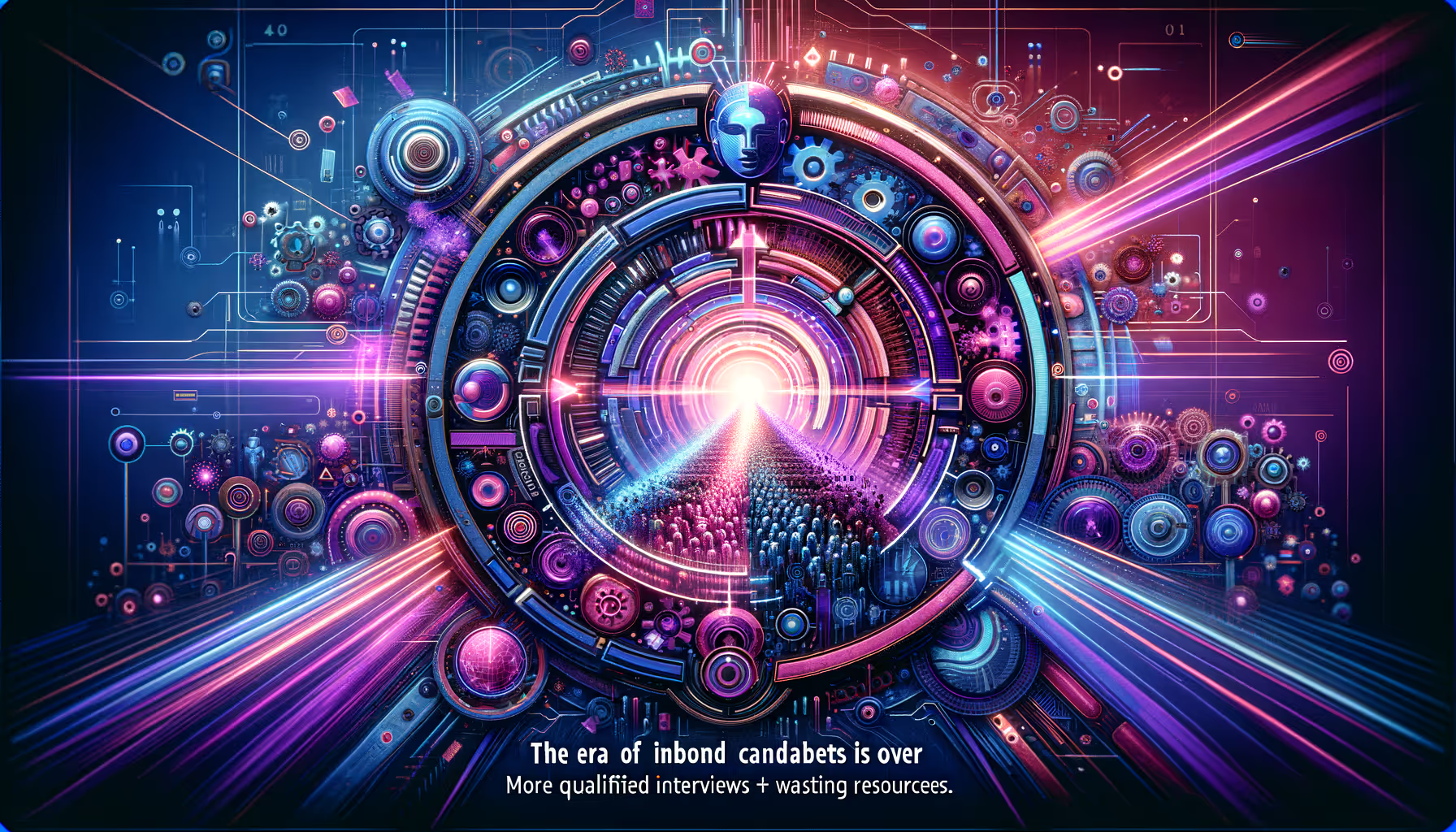




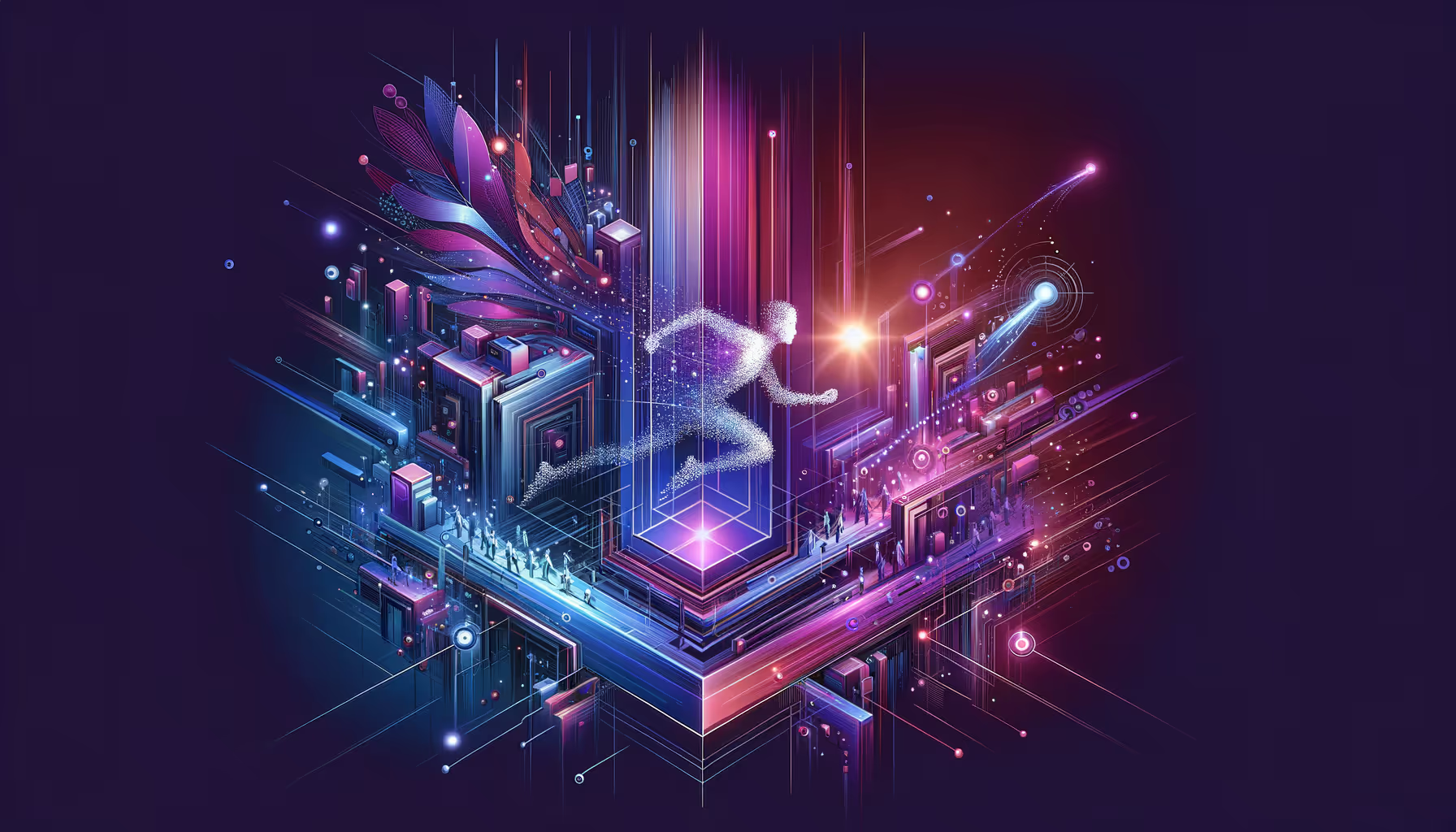











.avif)














.avif)

.webp)





